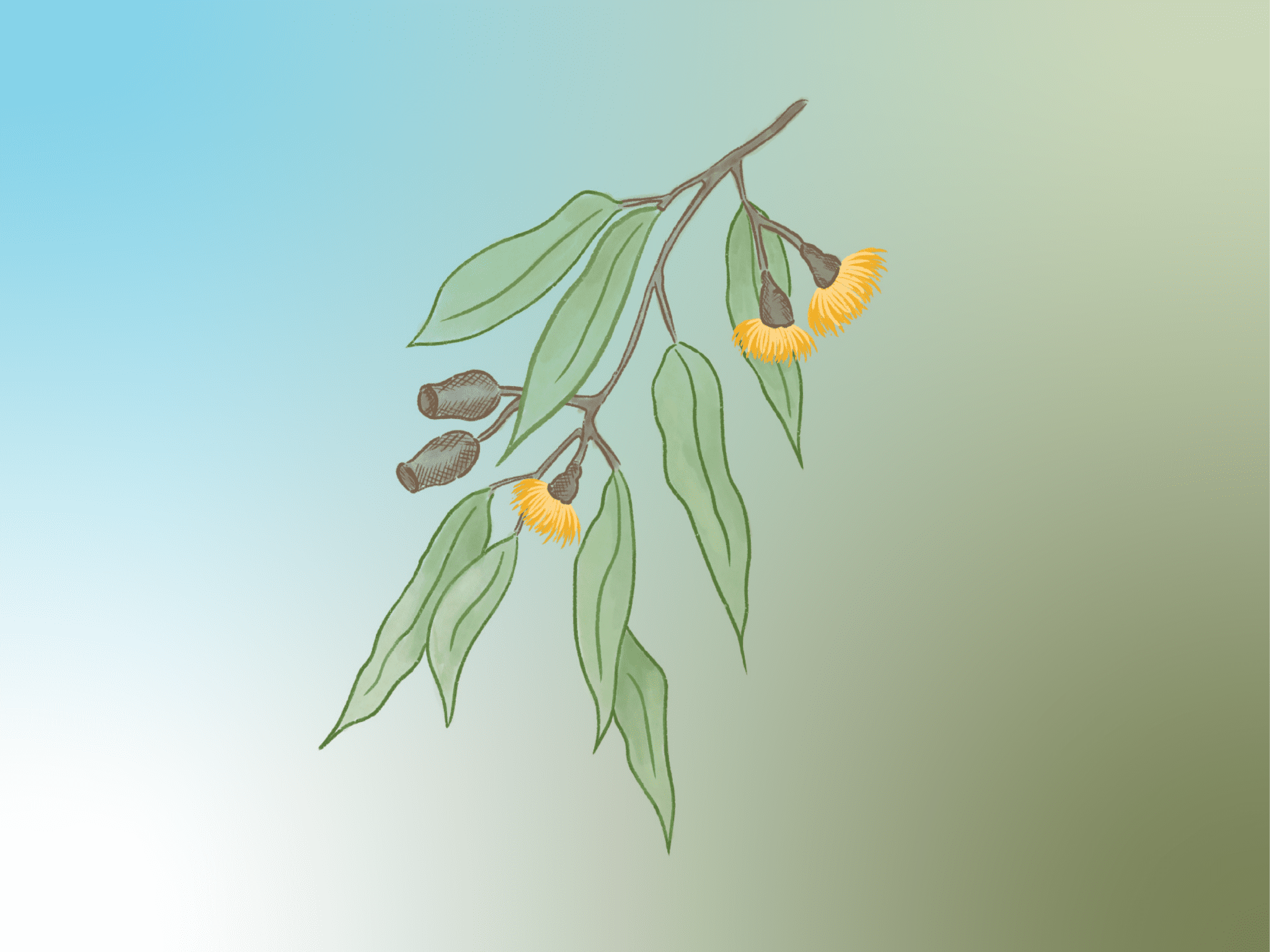Having a sense of place is an important part of fuelling and energising environmentalism. It is a connection to the environment which motivates people to defend wilderness and which sustains people through climate anxiety. Field Notes is a weekly column which explores an image or an experience connected to the environment – we hope it helps you appreciate the fragments and glimpses of nature around you.
One of my favourite trees is the angophora costata, or Sydney red gum. Smooth and elegant, with a distinctive salmon or ochre colouring, the angophora rises into the canopy along Sydney’s coastline.
If you park somewhere in Castle crag, a precipitous waterfront suburb in Sydney’s north, you have several coves at your disposal. You can walk down alongside Sailor’s Bay Creek in fragrant remnant rainforest. Take note of the impressive sandstone boulders dripping with moss. Then, climb up back towards the rather pompously named streets (The Rampart, The Redoubt, The Bastion) – interestingly, planned in the 1920s by Marion Mahoney and Walter Burley Griffin, of Canberra fame.
Head to Mowbray Point for sparkling views of Sailor’s Bay. The angophoras frame the view, light dapples through the canopy. One suburb over, in Middle Cove, you’ll find Harold Reid Reserve, a parkland with various walking tracks from which you can see Fig Tree Cove and Castle Cove’s eponymous sandstone castle, which was built around 1905. I particularly liked the grass trees (Xanthorrhoeas); they’re massive, ancient-looking and idiosyncratic.
At sea level, you can find mangrove laden mud flats, complete with crabs. You might see sea birds too. Around the creek, dragonflies hang sleepily in the air, emitting their soporific hum.
Sitting, clifftop, on a hunk of sandstone, looking over Sydney, you feel very glad the wealthy suburbs surrounding you have been kept at bay in some small way, that you can luxuriate in a coastal reserve and listen to the breeze in the angophoras. You can get little glimpses of what the whole shoreline might once have been like: a bountiful, glossy green, biodiverse meeting of sea and land.





